After yet another drowning here on Kauai this week, the ongoing discussion of visitor ocean safety returns to the forefront. Our thoughts are with the family of the 81-year-old California man who died snorkeling at Anini Beach on Monday. The late James Pirkle Jr. was found unresponsive with a snorkeling mask about 300 feet from the shoreline.
Is there a relationship between air travel and snorkeling deaths?
Hawaii visitor deaths by drowning are far too common. Another drowning earlier this summer raised the same question about a possible correlation between travel and snorkeling deaths. That one occurred near the luxurious Mauna Kea Beach Hotel on Big Island. The deceased was 61-year-old John Mackenzie of Oregon. An autopsy was performed, but there was no further information about any causal relationship.
A study snorkel safety study funded by the State of Hawaii found there may be a relationship between travel and snorkel drownings. You can read the report below.
The five main snorkeling safety study takeaways are:
- Do not snorkel within the first few days of a transpacific flight. This applies to visitors and Hawaii residents returning from the mainland.
- The safest snorkel doesn’t have tip modifications to keep water from entering.
- It is safer to snorkel where you can touch the ocean bottom.
- If you can’t swim, you shouldn’t snorkel.
- Snorkeling is the most common activity associated with visitor drownings.
Low oxygen levels and not inhaled water may cause many drownings.
The study says that most of these deaths aren’t related to inhaling water, as some had thought. Instead, drownings are mainly due to low oxygen levels related to fluid buildup in the lungs. It is called rapid onset pulmonary edema (ROPE), which is induced by hypoxia. Will this answer the question we’ve asked countless times, why do visitors die from snorkel-related drowning so much more than residents?
Age, gender, and coronary correlation.
The study found that pre-existing coronary conditions, gender, and age are other factors in Hawaii visitor drownings. A specific heart condition impacts middle-aged men more than others.
One interesting finding is that those who die this way do not struggle in the way one would when inhaling water. That is why victims are often found face down in the water, as was the case this week at Anini Beach. ROPE results in muscle fatigue and then loss of consciousness.
90% are visitors in the last 200 Hawaii snorkeling deaths.
On average, one visitor dies this way each week here in the islands. The risk of serious incidents happening to visitors is 10x that for residents.
A new Hawaii state ocean safety website can help.
Designed to raise awareness of risk factors, it includes information on lifeguarded beaches, ocean conditions, warnings, which beaches have the most injuries, and other ocean accident data. DOH coordinator Bridget Velasco said, “Keeping everyone who goes to the ocean safe is a top priority.”
“If in doubt, don’t go out” is the common theme you will hear.
It is easy to think that you are as powerful as the ocean, but that is never the case. Our advice is only to snorkel when the surface is smooth and be mindful of your distance from the shore. The drowning victim this week was 300 feet from shore.
Even though we (BOH editors) are both experienced swimmers, we usually follow the shoreline rather than swim straight out. Also, as anyone will tell you, swimming in a controlled environment like a pool is not the same as being in the ocean.
Top Ten Hawaii Beach Safety Tips.
Issues can include strong currents, wave surges, and seasonal variations in ocean conditions, among others. Be alert, do not turn your back on the ocean, and follow these suggestions for your Hawaii vacation:
1. Minimize risk by being highly aware and respectful of ocean conditions’ dangers.
2. Choose to swim at Hawaii beaches that are lifeguard protected. Also, look for rescue station tubes at many beaches.
3. Follow Hawaii beach warnings and closures.
4. Check with a lifeguard if in any doubt.
5. Observe the water for some time before entering to look for more giant waves appearing in groups.
6. Review ocean safety brochures that are provided in visitor accommodations.
7. Visit ocean safety websites, including the new one referenced above and the Hawaii Beach Safety website from the Hawaii Lifeguard Association. Check for frequent updates on Hawaii surf conditions and warnings for all islands.
8. Understand rip currents and how to deal with them.
9. Avoid painful jellyfish stings – read our updated Hawaii jellyfish update and calendar.
10. Don’t get caught on wet rocks where unexpected waves can suddenly appear. Also, look for hidden underwater rocks at beaches.
Can This Happen to You?
Drowning can happen to anyone at any beach, no matter how famous you are or how good shape. There were 84 drownings in the latest year studied. Other accidents were primarily attributable to hiking and car crashes.
Hawaii beaches are accessible year-round, so you can always find a beach that’s suitable for you. Surf conditions change rapidly and during the seasonal change. For example, if you visited Hanalei Bay in summer, you found a mostly calm surface for swimming. In the winter, however, the surf at Hanalei can be a dangerous 30 feet or more. Even on one day, the surf can start calm and end wild. It can change in minutes.
Some of the Deadliest Hawaii Beaches.
Surprisingly, the deadliest beaches may not be those that first come to mind. Many drownings occur at some of the smoothest water beaches where visitors are snorkeling or swimming.
Hanauma Bay – Oahu (pictured above)
Waikiki Beach
Black Rock – Maui
Kahanamoku Beach and Lagoon – Oahu
Molokini – Islet off Maui
Some of the Most Dangerous Hawaii Beaches.
Dangerous beaches in terms of injury but not mortality include the following. If your beach isn’t listed, it doesn’t mean you shouldn’t have concerns:
Makena Beach – Maui
Hapuna Beach – Big Island
Sandy Beach – Oahu
Brennecke Beach (Poipu) – Kauai
Laaloa Beach – Big Island
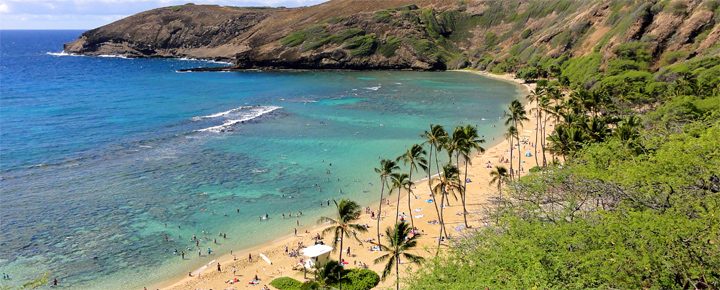
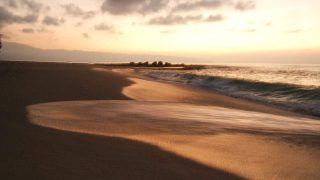
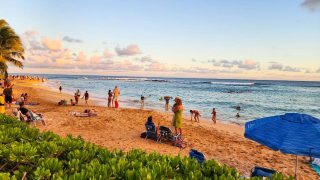
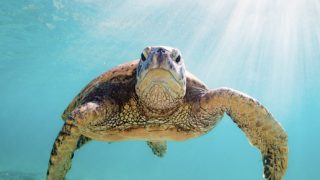

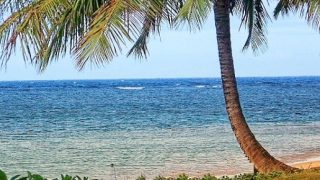
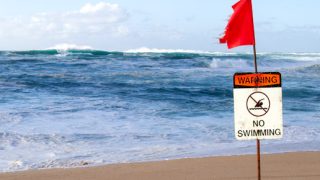
Hello, my husband died last year, on September 17th, snorkeling in Maui’s beautiful Napili Bay.
He was an excellent swimmer and very comfortable swimming in the ocean. He passed away within 24 hours of our much anticipated vacation. We couldn’t wait to get snorkel equipment from Snorkel Bob’s, little did we know that this would be fatal. Had we any knowledge that snorkeling could be fatal, we would have waited at least a few days to go out. His death is listed as “probable Hypertensive Cardiovascular Disease” but I was with him and I know that he died of ROPE. I am glad that there is more awareness about this issue, but people are still dying. Why? Because people don’t know about it. This needs to become widespread public knowledge.
I am so sorry for your loss. I hope hotels and websites start sharing the information about ROPE. I never really heard about it until now after looking up causes of drownings in Hawaii. I was born in Hawaii and visit almost every year. I can understand hypoxia because I am a RN and think it’s crazy that it’s taken so long for people to realize the cause of death for so many people who snorkel.